5 Steps On Dell EMC Hyper-Convergence Chief Sakac's Map To The Cloud
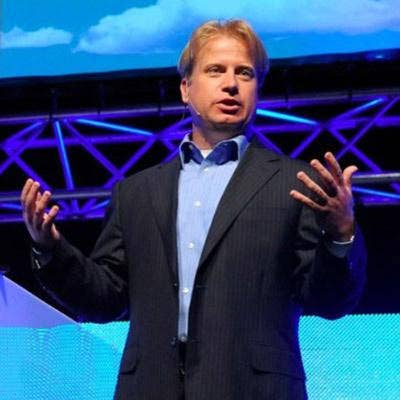
Dell's Hyper-Converged Strategy
Chad Sakac, head of Dell EMC's Converged Platforms Division, is laying out a strategy for how the company will play in the storage and server market to take advantage of what the company estimates to be an $85 billion opportunity.
According to Dell EMC estimates Sakac shared in a recent Virtual Geek blog post, the storage and server market is expected to be growing at an annual rate of about 18 percent by 2019. The challenge, Sakac said, is that while the market's momentum is shifting toward turnkey systems, traditional build-your-own systems still dominate and account for nearly the entire server and storage market.
As customers move from the build-your-own model to the turnkey model, Sakac argued, "you inherently trade off flexibility for outcome, and anyone who says otherwise is wrong, delusional or trying to sell you something."
For Sakac, that means Dell EMC has to cover the entire spectrum because getting it wrong is painful for both the vendor and its customers. Click through to see how Sakac intends to guide customers from the old school to the new school.
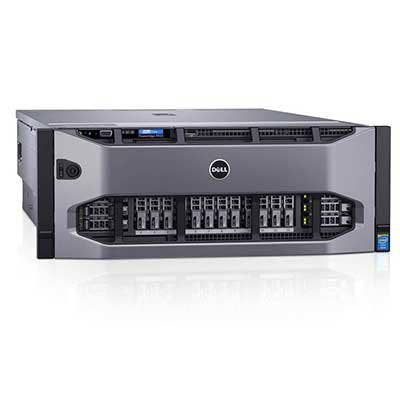
Reference Architectures
One step beyond basic component products, reference architectures undergo basic testing and qualification work, but are built entirely by the customers themselves. The benefit is flexibility, Sakac said. But that can also be the curse. "You can deviate from the reference architecture and nothing will stop you," he said, "but the flip side of that is simple: Nothing will stop you."
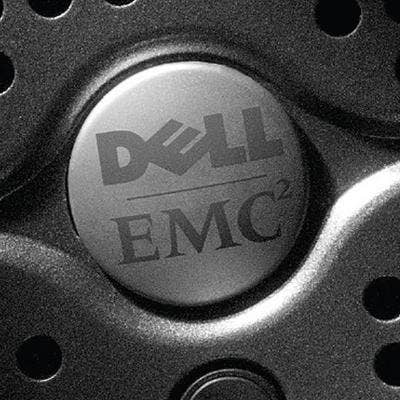
Bundles
A step beyond reference architecture, bundles standardize the buying process by standardizing certain things, making them easier for commercial customers to buy. The increased simplicity comes at the cost of having fewer options, Sakac said.
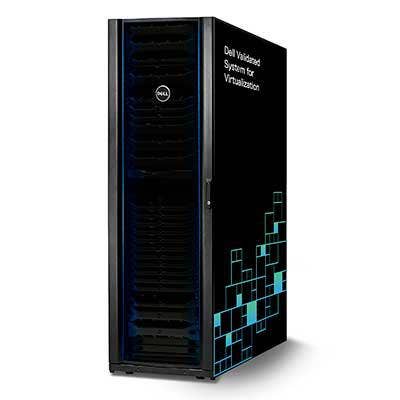
Validated Systems
Validated systems build processes like software loading, racking and stacking and some on-site automation into bundles. Customers are still responsible for life-cycle management of the components in the stack. Sakac calls these systems "somewhat flexible," and notes "dramatically curtailed optionality."
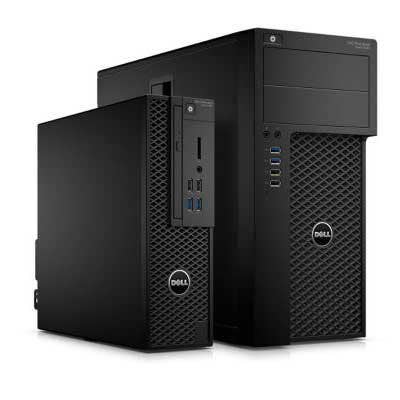
Engineered Systems
It's a big step to go from a validated system to an engineered system, Sakac sayid because that's the point where the stack becomes an integrated system designed, engineered, built and supported as one, as it is in hyper-converged and rack-scale systems. "This forces an operational change in the customer," Sakac said With engineered systems, components, life-cycle management and the responsibility for all those things is shifted from the customer to the vendor, Sakac noted. "Engineered systems deliver on business outcomes … but have a trade-off of almost all flexibility in the ability to vary what's in the stack," he said.

Platforms
Sakac's final step is platforms, including public cloud IaaS and PaaS offerings. While this is where the market is headed, it may take some time for customers to get on board with losing all ability to change anything, Sakac said. Platforms "go beyond the infrastructure to what more and more customers want, which is the outcome orientation, but all the way up to the IaaS/PaaS layer of the stack."